The Village of Pelham will have to spend as much as $39 million to improve the rainwater drainage systems in the areas of north Pelham and Highbrook Avenue in order to reduce the flooding that occurs during big storms, according to a preliminary engineering study.
Under the estimates, the north Pelham work would cost $31 million to $32 million and the Highbrook area $7 million, Mayor Chance Mullen said, noting flood mitigation projects in New Rochelle and Mount Vernon were budgeted at $350 million and $500 million, respectively.
Mullen cautioned the totals are subject to change. One major component of the recommendations is to spend $10 million to $15 million to build a retention system and pump under Julianne’s Playground, and it remains undecided whether that will be done.
“It’s an understatement that our stormwater infrastructure is inadequate,” said Mullen during one of two Zoom meetings with residents in October on the study done by AI Engineers/Dolph Rotfeld Engineering Division.
As an example, Mullen said, the current drainage system along Highbrook is “like bricks on either side of a hole with a top.”
This story includes reporting on information presented and comments made at both virtual information meetings. The first was held Oct. 19 to discuss the storm sewer system that serves the Highbrook Avenue area, which runs from Washington Avenue to Colonial Avenue and out to the Hutchinson River. At the second on Oct. 26, officials discussed the system that covers the area west of Glenwood Lake, including Seventh Avenue, Sixth Avenue, Fifth Avenue and Fourth Avenue.
Dolph Rotfield has not yet completed its final report.
Tax Impact Forecast
Funding the projects with municipal bonds would boost the property tax levy by approximately 19.3% in the first year, stabilizing in the years after, said Mullen. The average taxpayer would pay $1,200 more per year, while non-residential taxpayers would see an $2,579 increase. According to the mayor, the village would be able to issue bonds as needed for the infrastructure project because Pelham has borrowing capacity under its $99 million state constitutional limit and a AA+ credit rating.
However, Mullen said a key goal for the village government is to apply for grants to offset the impact on taxpayers. The village hired Millennium Strategies in June to secure such funding. Several grants could be used to “get a massive bite out of this bill,” said Mullen.
Some residents spend $20,000 to $30,000 to repair damage from storms. — Mayor Chance Mullen
At present, the rainwater sewer system is overwhelmed during major storms, causing a “significant public safety issue,” according to Mullen. Cars get stuck on roads as the water rises. The fire department had to pull someone out of their flooding basement in the midst of a recent deluge. Some residents spend $20,000 to $30,000 to repair damage from storms, Mullen said.
The persistent floods also pose the risk of undermining property values, he said.
North Pelham Area
According to Mullen, there are two main problems with the storm water sewers in the north Pelham area. First, the entire system is too long, causing significant water buildup from Seventh to First streets. The second problem is Sixth Street, the location of the sanitary sewer line going north to south and the storm water conduit going east to west. The area is flat and one pipe runs through the other, causing a partial blockage. But running one of the lines below the other would create too steep a grade for water to flow, Mullen said.
The solution is to make all of the pipes larger to avoid a buildup of water and to run the storm drain at a slight downward angle so the water from Seventh to Fifth streets can move more efficiently, Mullen said. The runoff could then be taken to the proposed underground retention system under Julianne’s Playground. After the water reaches the retention area, it would go through a different set of pipes to the Hutchinson River, meaning Fourth Avenue wouldn’t need unnecessarily large pipes to manage the flow. With this solution, the water will leave north Pelham using three outflows rather than one, Mullen said.
During the north Pelham meeting, Mullen said the village plans to seek grants via the state program Resilient Investments through Support and Capital (RISC) and federal programs Building Resilient Infrastructure Communities and Flood Mitigation Assistance Grants.
The mayor said in order to begin the project, he will need to contact the school district to gain access to Julianne’s Playground, which the school system owns. If the district won’t allow the project, he said that the engineers will need to replan the construction, with the possibility of purchasing houses to access the pipes.
Highbrook Avenue Area
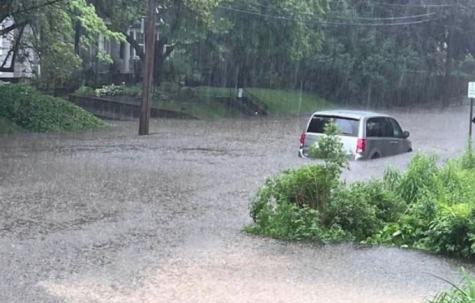
A one-year storm, which is a 24-hour event that produces one inch or more of rain in one hour or less, will overwhelm the current pipes draining Irving Place, either side of the railroad tracks, the base of Harmon Place and Highbrook Avenue because of the velocity of the water, Anthony Oliveri, an engineer with Dolph Rotfield, said during the Oct. 19 Zoom meeting. Things get worse during a ten-year storm, with the sewers overflowing to a greater extent on Colonial and Highbrook because the pipes are at full capacity.
Dolph Rotfield engineers are recommending replacing the piping with wide, rectangular conduits that have the capacity to handle one-year and ten-year storms and manage some 25-year events. Storms worse than those classed 25-year would cause flooding.
Oliveri said the engineers’ next steps will be creating a detailed plan, including considering existing utility lines, working with Con Edison if there is a need to move cables, deciding on the need for round pipes at intersections and completing a geotechnical investigation for the presence of rock.
The timeline for the project depends on funding. As soon as money is allocated, the detailed engineering design process can begin. That will take most of a year because obstructions need to be considered, Oliveri said.
Public Questions Via Chat Messages
Public questions were taken during the two meetings using Zoom’s chat function.
One resident was concerned about the new conduits in the Highbrook area going to the Hutchinson River and the possibility of more flooding for Colonial Avenue.
“We’re piping the water, making sure it gets into pipes instead of yards and basements,” Oliveri said.
Village Administrator Chris Scelza said, “The state is looking to improve the capacity of the river by evaluating the Hutchinson River top to bottom.”
Mullen told one the meetings he was summing up many of the questions when he asked Oliveri if the projects being outlined would make a fundamental difference in Pelham residents’ lives.
“As engineers, we can’t tell you that we’ll solve every flood event,” Oliveri said. “We have to design to a certain level. This would certainly be an improvement.”
Highbrook resident Gib Smith said, “We have to be confident with a 50-year storm. I think we all feel like a 25-year storm is more like a five- or 10-year storm (now). We’ve faced something bigger in the last couple of years.”
In the comments, many attendees agreed with Smith’s statement.
As engineers, we can’t tell you that we’ll solve every flood event. — Anthony Oliveri, Dolph Rotfield Engineering
“We could run those scenarios,” Oliveri said. “We could revisit that while we’re doing the engineering detailed design. But that would take up quite a bit of real estate in the roadway. We have to also deal with the (sanitary) sewer. If we get too big, we’ll have to run two sewer lines on either side. It could certainly be looked at while fine-tuning these details.”
Mullen said, “I think it’s worth the second look” at making the system resilient for bigger storms, but that either way, he’s optimistic about the plan because it would produce a major improvement in drainage.
Deputy Mayor Mike Carpenter said, “I would hate for us not to move forward because we could not get to a certain level. Right now, we need to take advantage while we have a road in front of us. Excited to start doing some stuff here.”
- The village boards and the town council make decisions that affect Pelham’s residents. The Pelham Examiner brings the discussions, the policies and the votes that impact taxes and neighborhoods. Donate to support our nonprofit community newspaper.



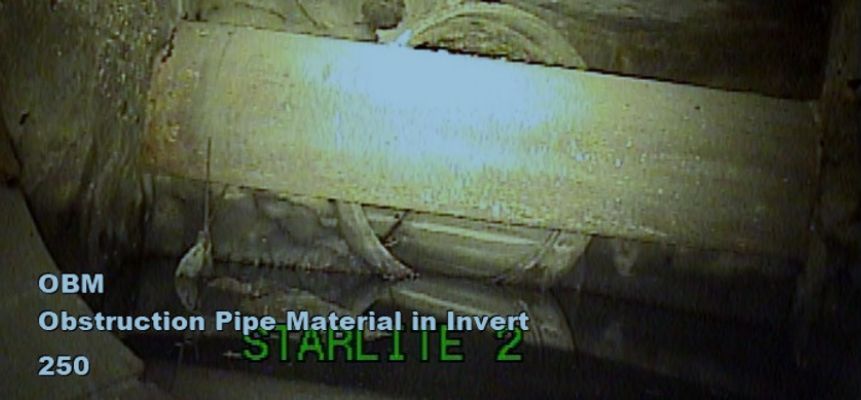
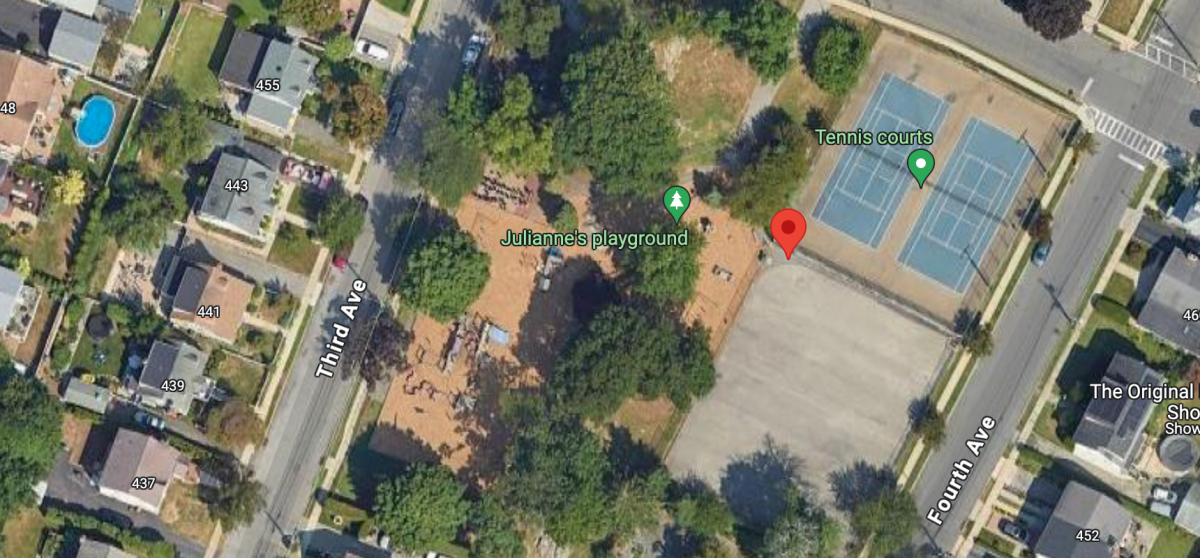
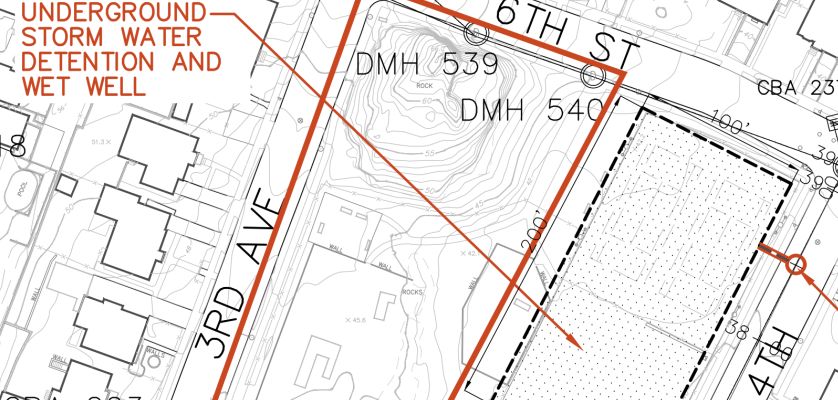
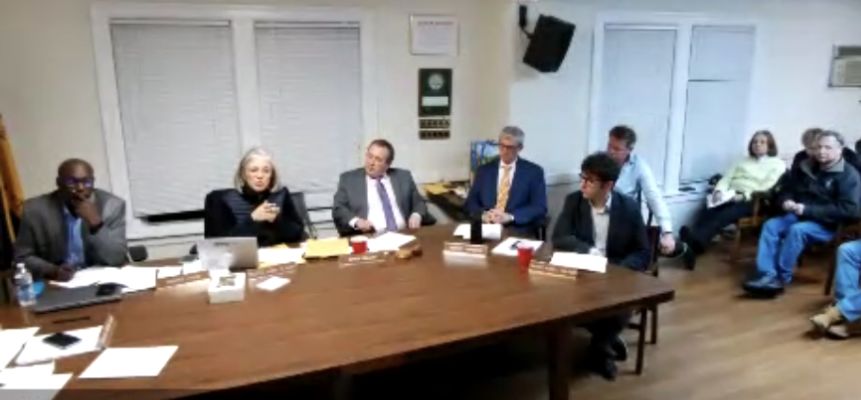
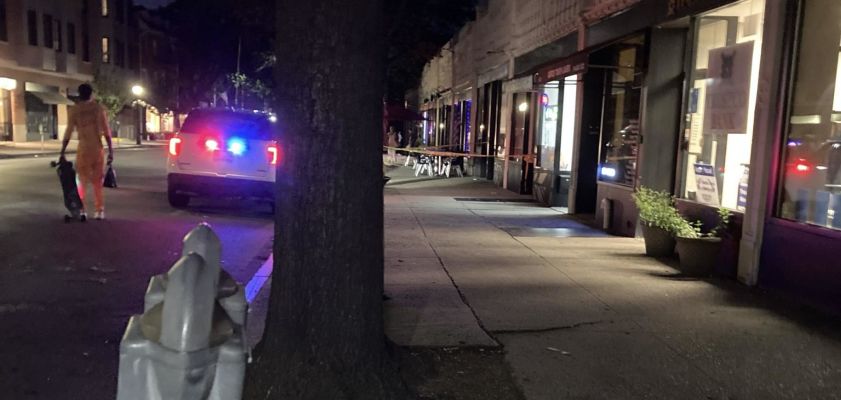
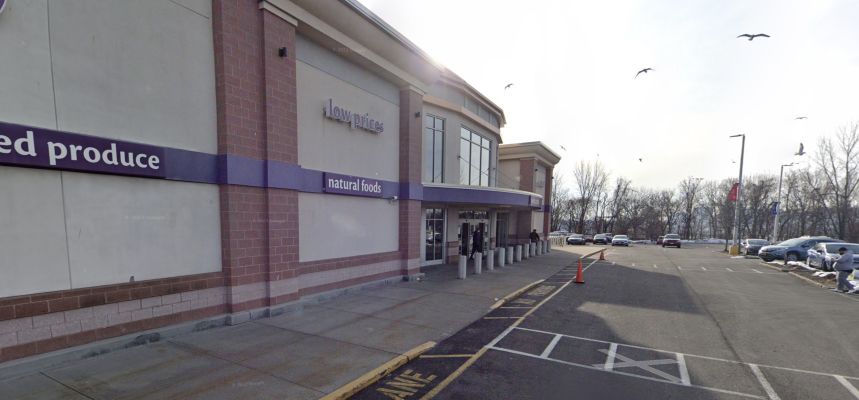
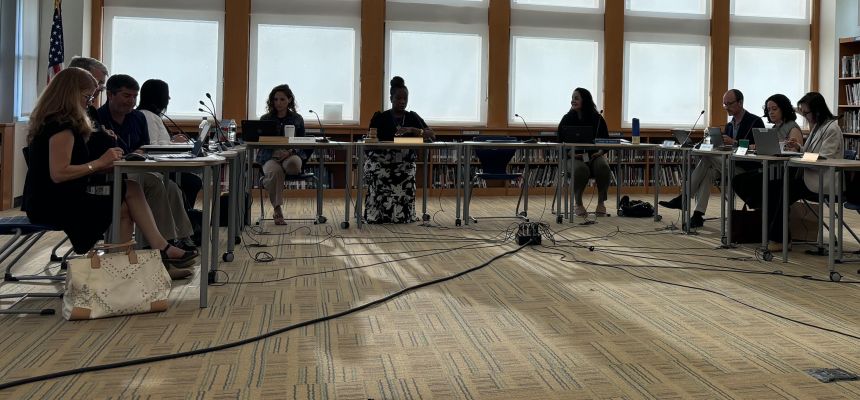





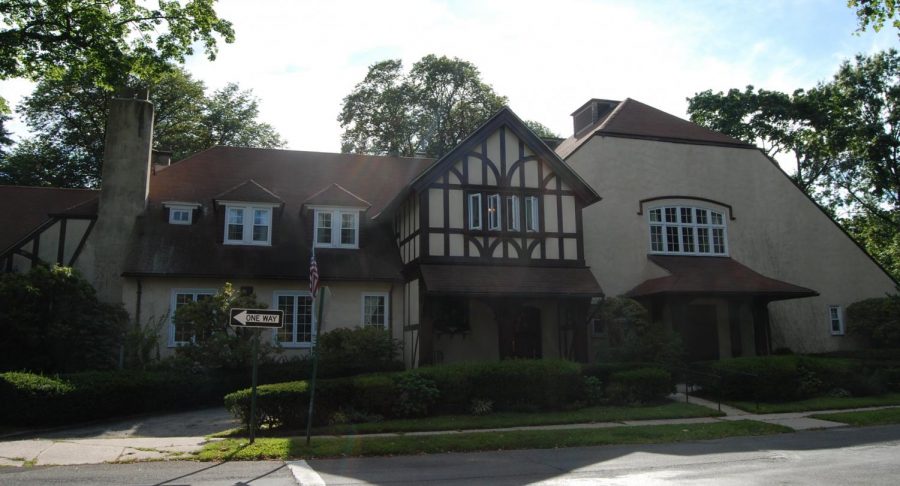
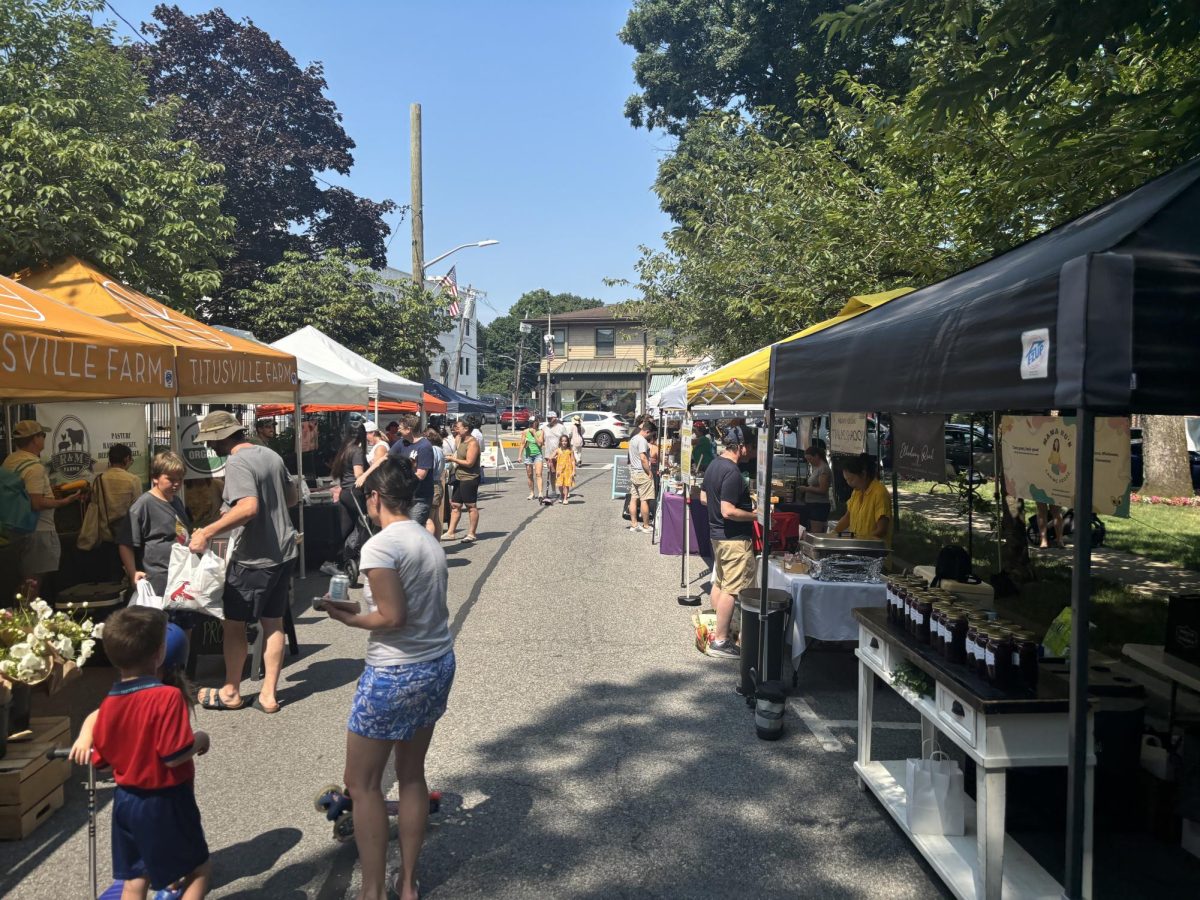
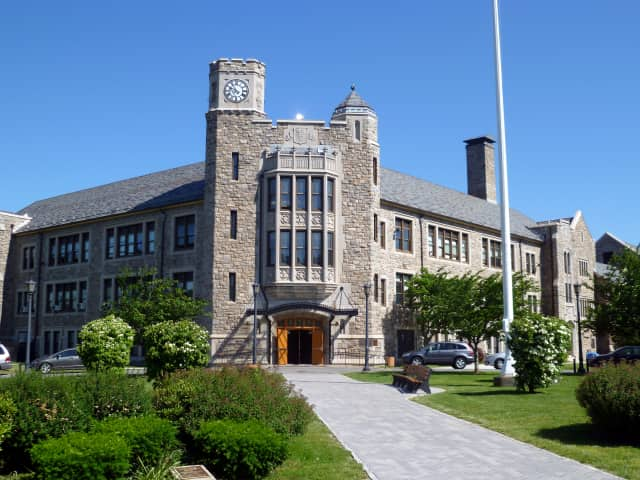

Scott Wolfgang • Dec 3, 2023 at 8:21 am
Could the Examiner reach out to the district to get an update on their conversations with the Mayor? He is asking for an easement on Julianne’s (school owned property) that would include a pump station, pumps and an underground basin that would impair the school’s land and remove flexibility of future boards to use that land for District purposes. It is incredibly important to have full transparency into these ongoing discussions so hopefully the Examiner can bring to the fore these important conversations for the entire Town that are currently happening behind closed doors.
Shaun Breidbart • Nov 21, 2023 at 3:43 pm
“Funding the projects with municipal bonds would boost the property tax levy by approximately 19.3% in the first year, stabilizing in the years after, said Mullen. The average taxpayer would pay $1,200 more per year…”
How was this calculated? Because 19% of an average property tax bill is a LOT more than $1200.
Emily Pauley • Nov 22, 2023 at 1:39 pm
It’s possible those 20% of your village tax bill. Not counting the taxes you pay to the school – I would say most of your taxes go to the school, not the village.